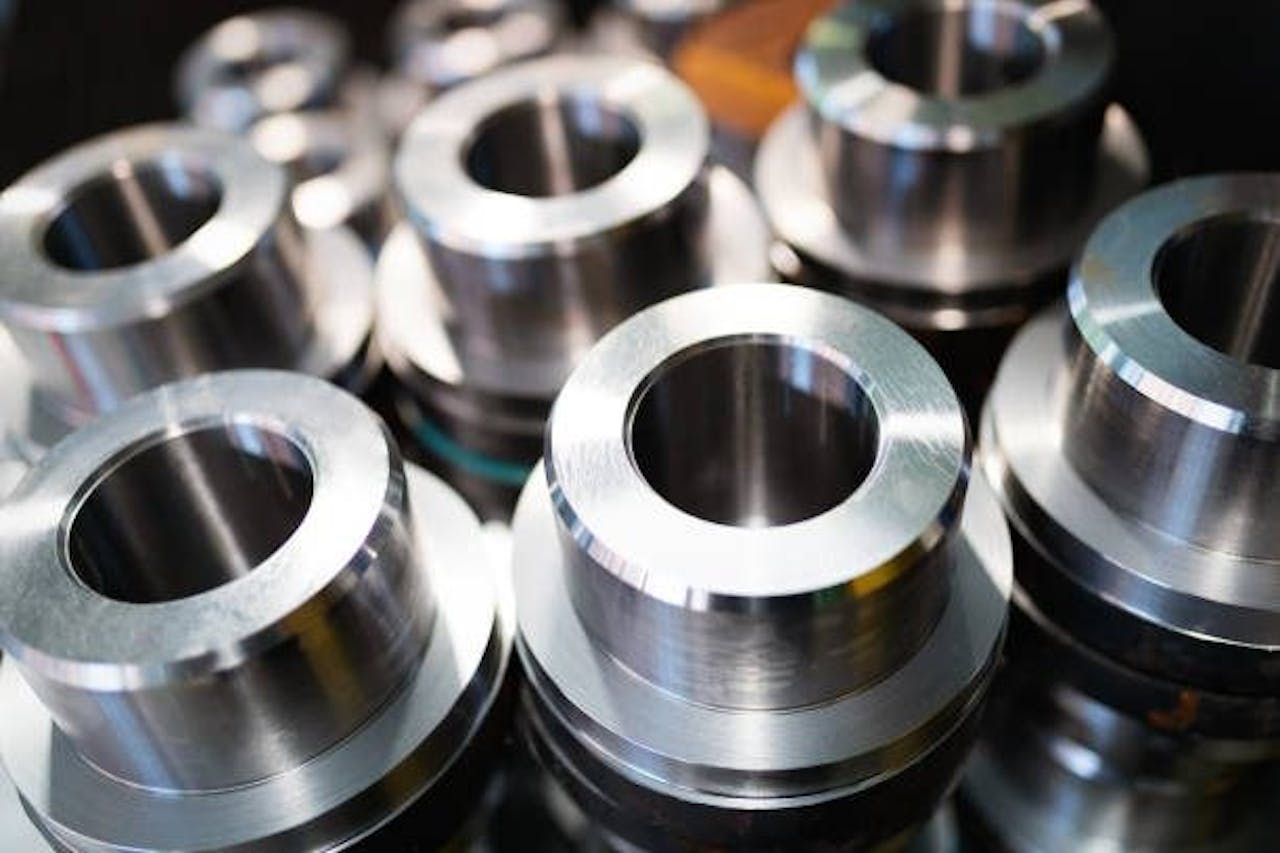What Are Tin Whiskers and How Do You Avoid Them?
Tin whiskers are a common problem when a component is produced with tin plating and can cause costly and dangerous problems including electrical shorts and physical damage.
Tin Whiskers, Explained
Our Quality Control department has received a number of questions about “tin whiskers” what they are, how they are formed, and how to avoid them.
Tin plating is generally used to impart solderability characteristics to metals. Tin is a good electrical conductor and also offers corrosion protection. However, along with the benefits of tin plating comes a phenomenon known in the electronics industry as “tin whiskers”. A “tin whisker” is a single crystal of tin that grows spontaneously from the plated surface. Manufacturers who prefer the use of tin over lead plating can encounter problems with their interconnections. As “tin whiskers” grow, they can cause electrical shorts, and/or can flake off, causing physical damage. “Tin Whiskers” are typically no more than a few millimeters long, but even that is enough to cause considerable problems. Many industries using tin plating have reported problems with “tin whiskers” the aerospace industry has experienced the loss of billions of dollars in satellite damage due to this phenomenon.
“Tin Whiskers” was first observed in the 1940s, and despite extensive research on them, “tin whiskers” are still not well understood today. The general consensus is that they result from some form of metal stress, but the data is inconclusive. “Tin whiskers” can develop under “normal” operating conditions on any product involving pure tin plating. “Tin whiskers” have been known to develop in a wide range of operating environments- in high or low humidity, in a vacuum, and the quality of the plating job does not seem to make a difference. High-quality plated parts have been just as susceptible to “tin whiskers” as poorly plated parts. We have seen reports of “tin whiskers” appearing in a matter of minutes, as well as taking decades to grow!
If you are looking for more extensive and in-depth coverage, the NASA Goddard Space Flight Center has many useful links and articles on this topic.
Here at MW Components, we work with our customers to help them avoid the problem of “tin whisker” formation, using both design and plating approaches. If you would like more information on this or any other technical issue, contact an MW engineering expert via "Ask an Expert".
